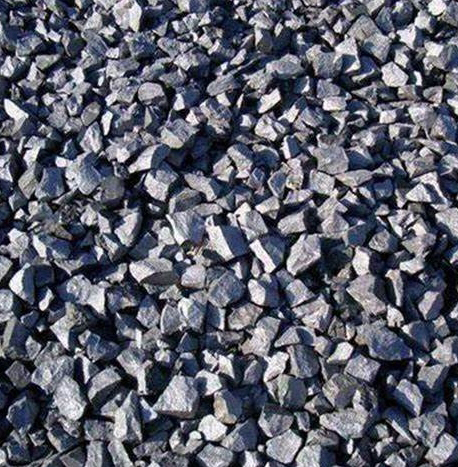
Calcined petroleum coke, or petcoke, is a hydrophobic carbonaceous black solid that's produced when crude oil is coked. It contains mainly carbon along with hydrogen, nitrogen, sulfur and some metal elements. It has low toxicity when inhaled and poses few health risks when used for its intended purpose. Inhalation of the substance over a long period can lead to respiratory inflammation. This substance can also worsen lung disease and react with other environmental pollutants.
In terms of the main concern with petcoke, it is that its use can lead to or exacerbate lung-related diseases. It is possible to inhale fine particulates into the lungs when the coke burns in a standard furnace. This can be caused by the weather when large piles become exposed. This fine dust of petcoke can worsen respiratory diseases such as chronic obstructive lung disease and asthma. Coke oven workers' occupational exposures to petcoke have been linked with increased cancer rates and obstructive respiratory disease. However, these results are confounded by multiple industrial exposures to multiple toxins.

In the United States, calcined oil coke is primarily used for recarburizing aluminum. Titanium dioxide is produced from a small portion of the coke. This is then used in plastics such as sunscreens or paints. The material is also used in blast furnaces, abrasives or coal gasification.
Calcined petroleum is the waste of coking and should be managed carefully in order to reduce environmental impact. Coke can be stored for later use or used as fuel at refineries, upgraders and other facilities depending on its quality. Most of the coke imported to Canada is from Athabasca Oil Sands Region. In the aluminum and steel industries, anode coal is used to produce coke.
Most calciners have an energy recovery system to capture heat from the hot flue gases that exit the rotary kiln countercurrent to the coke bed. This energy is utilized to heat the kiln and/or generate electricity through a steam turbine generator. The heat is also used to dry the coke prior to storage.
Some plants use a liquid transportation fuel gasifier, in addition to hydrodesulfurization and thermal treatment of the calcined coke. This fuel can substitute gasoline and traditional diesel. However, it needs to be blended with other hydrocarbons if you want the fuel to ignite properly.
Blending practices have become more complex at smelters due to the increased transport requirements and blend needs. To match their desired CPC porosity, they are blending CPC sourced from rotary or shaft kilns. This trend will continue to grow as air emission limits are tightened and more calciners must add SO2 scrubbers to their processes. This will further increase the need for blending as more CPC is supplied by both domestic and foreign sources. It is important for the industry to understand that this will impact both availability and prices of these vital resources.

Write a Message